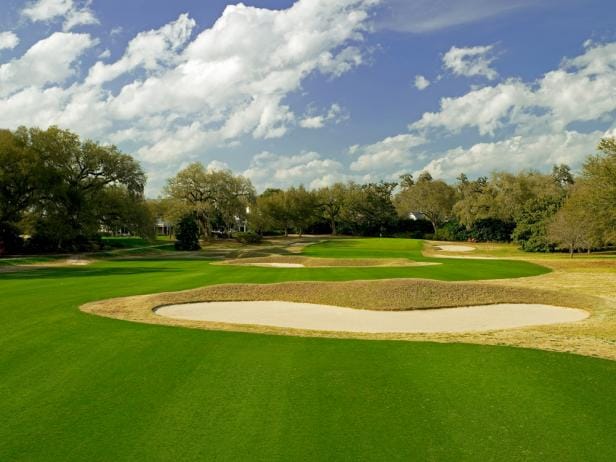In the world of golf course restoration, there has been a trend in recent years to restore courses from the early 20th century back to their original designs. Architect Jim Urbina, known for his work with Pete Dye and Tom Doak, sheds light on this trend and discusses the importance of preserving historical courses in their original form. Urbina believes that not all historical designs should be restored faithfully, as some may have been altered too much over the years to warrant a full restoration. However, architects like Donald Ross, A.W. Tillinghast, and Seth Raynor have created courses that are worthy of preservation.
Urbina explains that when conducting a restoration, it is often impossible to return a course to its original state due to modern developments and technological advancements in the game. Despite this, he believes that the best courses can still be restored to about 95% of their original design. He emphasizes the importance of preserving the best works of each architect, regardless of their fame or recognition in the golf world. Every architect, from Alister MacKenzie to Robert Trent Jones, has created courses that deserve to be maintained for future generations to enjoy.
The discussion around which courses should be preserved extends beyond just the well-known architects to include lesser-known figures like Robert Bruce Harris and Bill Diddel. Urbina argues that every state in the United States has examples of local architects who have defined golf in their respective areas, and their best work should be preserved as well. He suggests that current architects, such as Bill Coore, Ben Crenshaw, Tom Fazio, and Jack Nicklaus, should be asked which of their courses they believe are most deserving of preservation.
Looking to the future, Urbina encourages the golf community to engage with architects and ask them which of their courses they would like to see preserved. By involving the architects themselves in the decision-making process, it ensures that their intentions and vision for their courses are honored. This proactive approach can help ensure that the best works of today’s architects are preserved for future generations to experience and appreciate. Ultimately, the goal of golf course restoration is to balance the preservation of history with the evolution of the game, creating a harmonious blend of tradition and progress.


